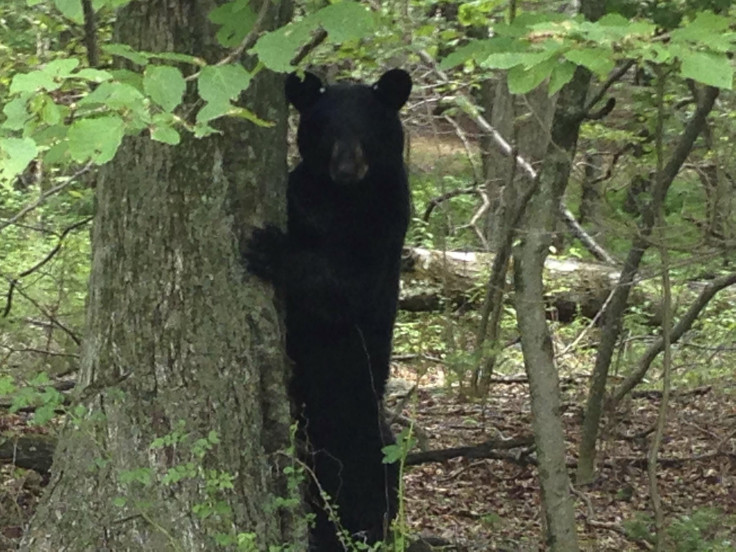Wildlife experts find bears terrified of drones, increasing heart rate approximately 400%

Drones used to monitor wildlife were found to be harmful to animals also, a new study suggests. The study found bears appeared to experience strong physiological responses when there are unmanned aerial vehicles, or UAVs, in nearby areas.
The study, published in the journal Current Biology on Aug 13, says that despite the calm behaviour of bears when they see a UAV near them, the animals consistently experience acute stress. American black bears rarely show signs of being disturbed or even run away when a UAV is in their vicinity, but all of the bears in the study responded to UAV flights with elevated heart rates.
"Some of the spikes in the heart rate of the bears were far beyond what we expected," said Mark Ditmer of the University of Minnesota, St. Paul. One of the bears increased her heart rate by approximately 400 percent, from 41 beats per minute to 162 beats per minute.
UAVs or drones have become widely used by wildlife researchers to help to observe animals, particulary endangered species, and their natural settings. But researchers have discovered the hidden effect of UAV flights on the bears after they analysed the data gathered from cardiac biologgers.
In the study, free-roaming American black bears living in northwestern Minnesota were fitted with Iridium satellite GPS collars and cardiac biologgers, a device used to capture the heartbeat. The researchers received emails from the collars with each bear's location every two minutes, while the biologgers constantly updated the team of the bear’s heartbeat.
The team then programmed the UAVs to fly overhead the bear's most recent location. In 18 UAV flights, four different bears only showed twice any major change in their behaviour. But the individual’s heart rate increased, sometimes dramatically, as much as four times, in response to every single flight.
The researchers suggested that the discovery of the additional stress on wildlife from UAV flights will be significant in developing regulations and best scientific practices for drone use. Though UAVs have tremendous potential for scientific research and as tools for conservation, Ditmer said, experts “need to exercise caution when using them around wildlife."
Ditmer and the team are now working with captive bears to find out if the animals, over time, can learn to get used to UAV flights and how long it would take. However, the bears recovered quickly from the stress after the initial tests.
Contact the writer at feedback@ibtimes.com.au or tell us what you think below





















